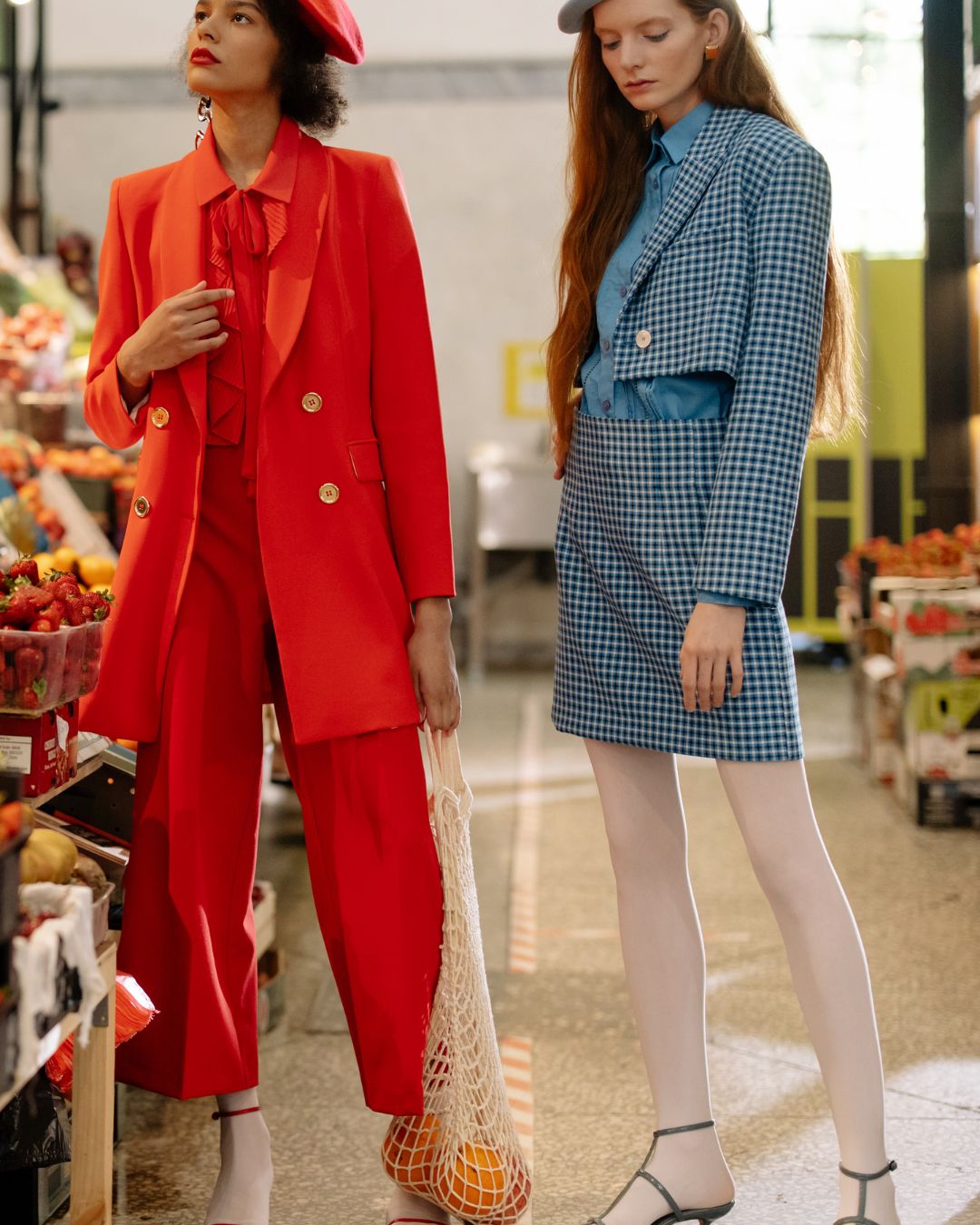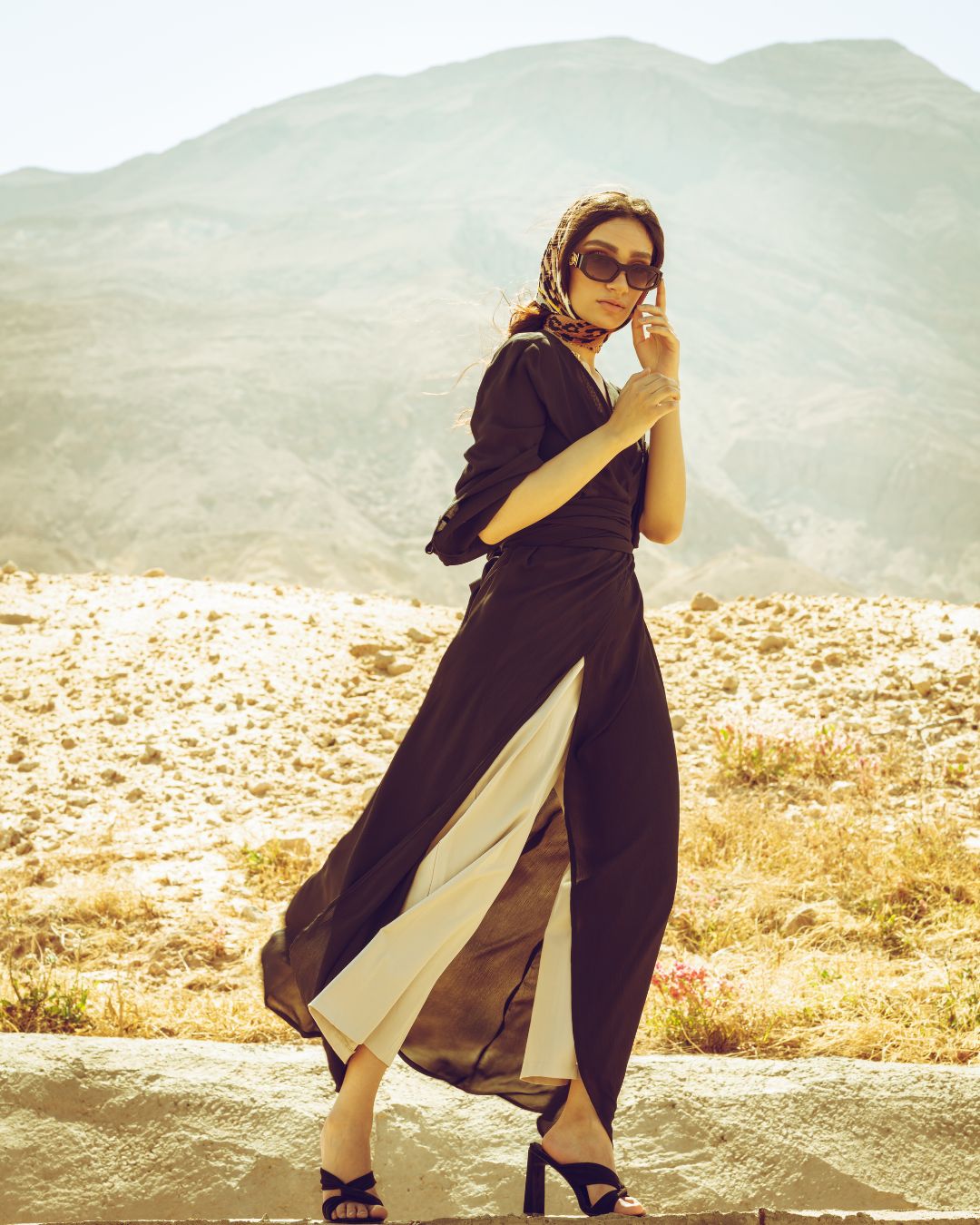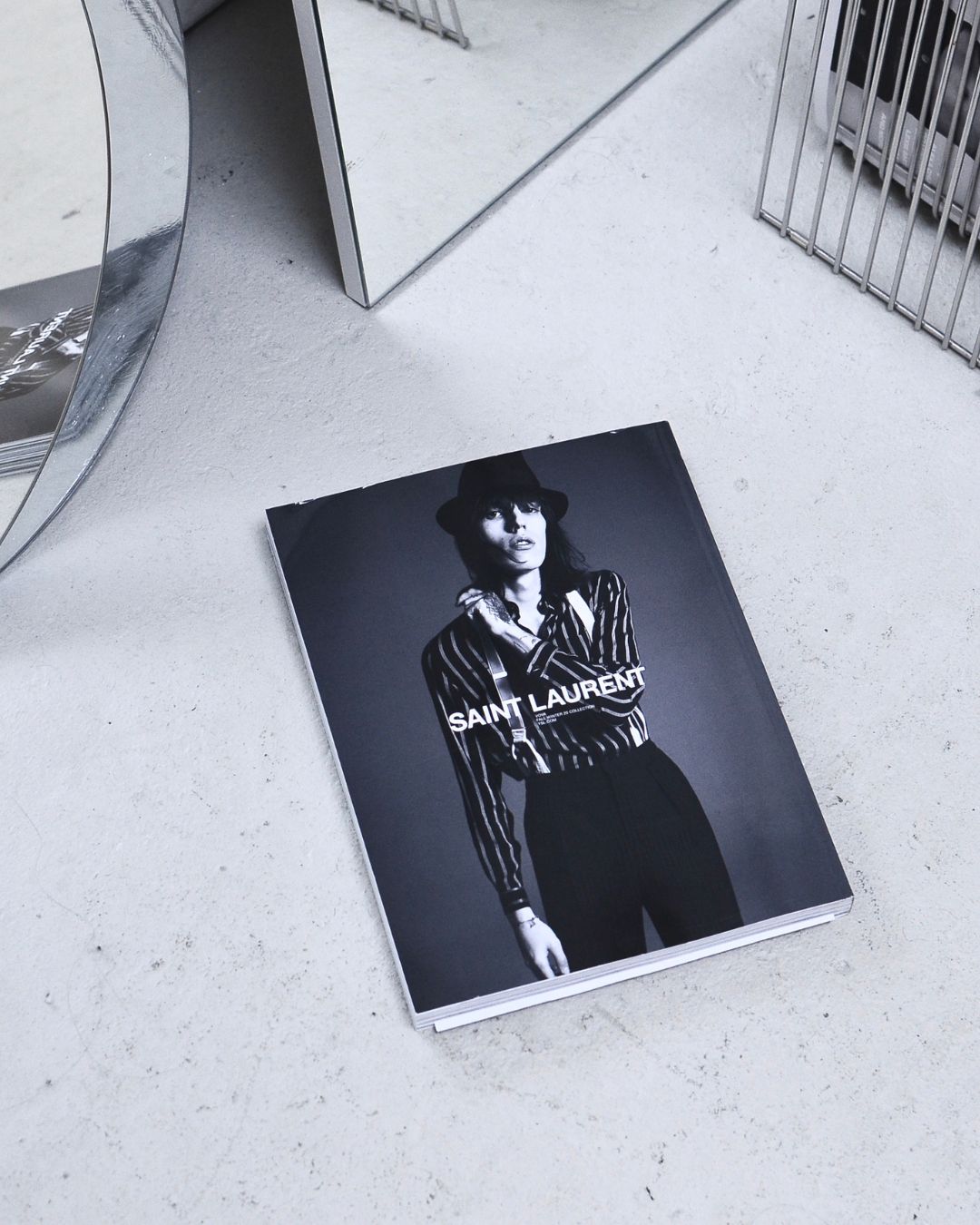

Visual merchandising is like, super important in fashion marketing because it helps to attract customers and increase sales. Without good visual merchandising techniques, your products might not stand out or catch people's attention. So, it's really crucial to have a strong visual presence in your store or online shop.
One of the key benefits of visual merchandising is that it can create a positive and memorable shopping experience for customers. When people see an eye-catching display or window arrangement, they are more likely to remember your brand and come back for more. Plus, visual merchandising can help you communicate your brand's identity and values without having to say a word.
Another reason why visual merchandising is so important is that it can help you showcase your products in the best possible light. Gain access to more information check that. By using creative displays and layouts, you can highlight the features and benefits of each item, making them more appealing to potential buyers. To read more view that. This can ultimately lead to increased sales and customer satisfaction.
In conclusion, visual merchandising plays a vital role in fashion marketing by helping brands attract customers, create memorable experiences, and showcase their products effectively. So next time you're setting up a display or planning a window arrangement, make sure to put some thought into how you can use visual merchandising techniques to boost your sales and grow your brand!
Understanding the target audience and their preferences for topic Visual merchandising techniques for fashion products is crucial for success in the industry. It ain't enough to just throw up some displays and hope for the best - you gotta know who you're selling to and what they like. If ya don't take the time to figure out what appeals to your customers, ya might as well be throwing money down the drain.
By takin' the time to understand your target audience, you can create visual merchandising techniques that speak directly to them. Maybe they like clean lines and minimalistic displays, or maybe they prefer bright colors and bold patterns. Whatever it is, knowing what your audience likes can help ya create displays that catch their eye and make 'em wanna buy.
So next time you're thinkin' about how to set up your store or display your products, take a minute to think about who you're sellin' to. By tailoring your visual merchandising techniques to your target audience's preferences, you'll be sure to see an increase in sales and customer satisfaction. Trust me, it's worth the extra effort!
Denim jeans, developed by Jacob Davis and Levi Strauss in 1873, were originally created as long lasting workwear for miners and cowboys however have actually ended up being a universal fashion staple.
Haute couture, French for "high sewing," describes the development of special custom-fitted clothes, made by leading style homes and requiring countless hours of handcraftsmanship.
The first organized fashion week was kept in New york city in 1943, at first called "Press Week," to draw in attention far from French fashion during The second world war.
Style influencers on systems like Instagram and YouTube can dramatically affect patterns and sales, with some earning millions annually with partnerships and endorsements.
Consumer attitudes towards sustainable and ethical fashion brands play a crucial role in today's fashion industry.. Many consumers are becoming more conscious about the impact of their purchasing decisions on the environment and society.

Posted by on 2024-05-09
When it comes to visual merchandising techniques for fashion products, utilizing color psychology can be a game changer in attracting customers. By understanding how different colors can evoke certain emotions and behaviors in consumers, retailers can create eye-catching displays that draw people in and encourage them to make a purchase.
For example, warm tones like reds and oranges are often associated with energy and excitement, making them ideal for grabbing attention and creating a sense of urgency. On the other hand, cool tones like blues and greens are calming and soothing, perfect for promoting relaxation and trust.
By strategically incorporating these colors into store layouts, window displays, and product packaging, retailers can create a cohesive brand image that resonates with their target audience. This can help build brand loyalty and increase sales over time.
So next time you're setting up your store or designing your website, think about how color psychology can work in your favor. It may just be the key to attracting more customers and standing out from the competition!


Visual merchandising techniques for fashion products involve creating visually appealing displays using lighting and props. This helps to attract customers and showcase the products in a more enticing way. By utilizing different lighting techniques, such as spotlights and backlighting, the products can be highlighted and stand out from the rest of the store. Props, such as mannequins and decorative items, can also enhance the overall look of the display.
Neglecting these techniques may result in a dull and uninteresting presentation that fails to capture the attention of potential customers. Without proper lighting and props, fashion products may blend into the background and fail to make an impact on shoppers. By incorporating these elements into displays, retailers can create a more engaging shopping experience for their customers.
So next time you're shopping for clothes or accessories, pay attention to how they are displayed. You may notice how effective lighting and props can make a big difference in how you perceive the products. It's all about creating a visually appealing environment that draws customers in and encourages them to make a purchase.
When it comes to visual merchandising techniques for fashion products, incorporating storytelling elements can really make a difference. By telling a story through your product presentation, you can create a more engaging and memorable experience for your customers.
Instead of just showcasing the product on its own, why not set up a display that tells a story about how the product was made or where it came from? This can help create an emotional connection with the customer and make them more likely to purchase the product.
By using storytelling elements in your product presentation, you can also stand out from your competitors and make a lasting impression on your customers. So next time you're setting up a display for your fashion products, think about how you can incorporate storytelling elements to really make an impact. Trust me, it's worth it!

When it comes to visual merchandising techniques for fashion products, implementing effective signage and labeling strategies is key. These elements can make a big difference in how customers perceive a store and its products.
Without proper signage and labeling, customers may have trouble finding the items they are looking for or understanding the pricing and promotions. This can lead to frustration and ultimately result in lost sales opportunities.
By utilizing clear and eye-catching signage, retailers can attract attention to specific products or promotions, guide customers through the store layout, and communicate important information such as sizing and pricing details. Additionally, well-designed labels can enhance the overall presentation of merchandise and create a more cohesive brand image.
So next time you're setting up your retail space, don't overlook the importance of effective signage and labeling strategies. They may seem like small details, but they can have a big impact on customer experience and sales success!
When it comes to visual merchandising techniques for fashion products, one key aspect is maximizing store layout and flow to enhance customer experience. By carefully arranging displays, fixtures, and signage in a strategic manner, retailers can create an inviting atmosphere that encourages customers to browse and make purchases.
A well-thought-out store layout can help guide customers through the space, highlighting key products and promotions along the way. This can help increase sales by drawing attention to items that may otherwise go unnoticed. Additionally, a well-designed flow can help prevent congestion and confusion, making for a more pleasant shopping experience overall.
By paying attention to details such as lighting, color schemes, and placement of merchandise, retailers can create a cohesive and visually appealing environment that resonates with customers. This attention to detail can make all the difference in whether or not a customer decides to make a purchase.
In conclusion, maximizing store layout and flow is crucial for enhancing the customer experience in retail settings. By creating an attractive and easy-to-navigate space, retailers can increase sales and build brand loyalty among shoppers. So next time you're out shopping for fashion products, pay attention to how the store is laid out – it could make all the difference in your overall experience!
Monitoring and evaluating the effectiveness of visual merchandising techniques for fashion products is a crucial aspect in the retail industry. By analyzing how well these techniques are working, businesses can make informed decisions on how to improve their displays and ultimately increase sales.
Without proper monitoring, it can be difficult to determine which visual merchandising strategies are resonating with customers and which ones are falling flat. This lack of insight can lead to wasted resources and missed opportunities for engaging with potential buyers.
By regularly assessing the impact of different display setups, signage, and product placement, retailers can identify what is working well and what needs improvement. This allows them to make adjustments in real-time, ensuring that their visual merchandising efforts are always optimized for maximum impact.
It's important to remember that visual merchandising is not just about making products look pretty - it's about creating an experience that draws customers in and encourages them to make a purchase. Without effective monitoring and evaluation, businesses risk losing out on valuable opportunities to connect with consumers on a deeper level.
So next time you're walking through a store and admiring the carefully curated displays, remember that there is a team behind those visuals constantly analyzing their effectiveness. By keeping a close eye on how these techniques are performing, retailers can stay ahead of the competition and continue to drive success in an ever-evolving market.